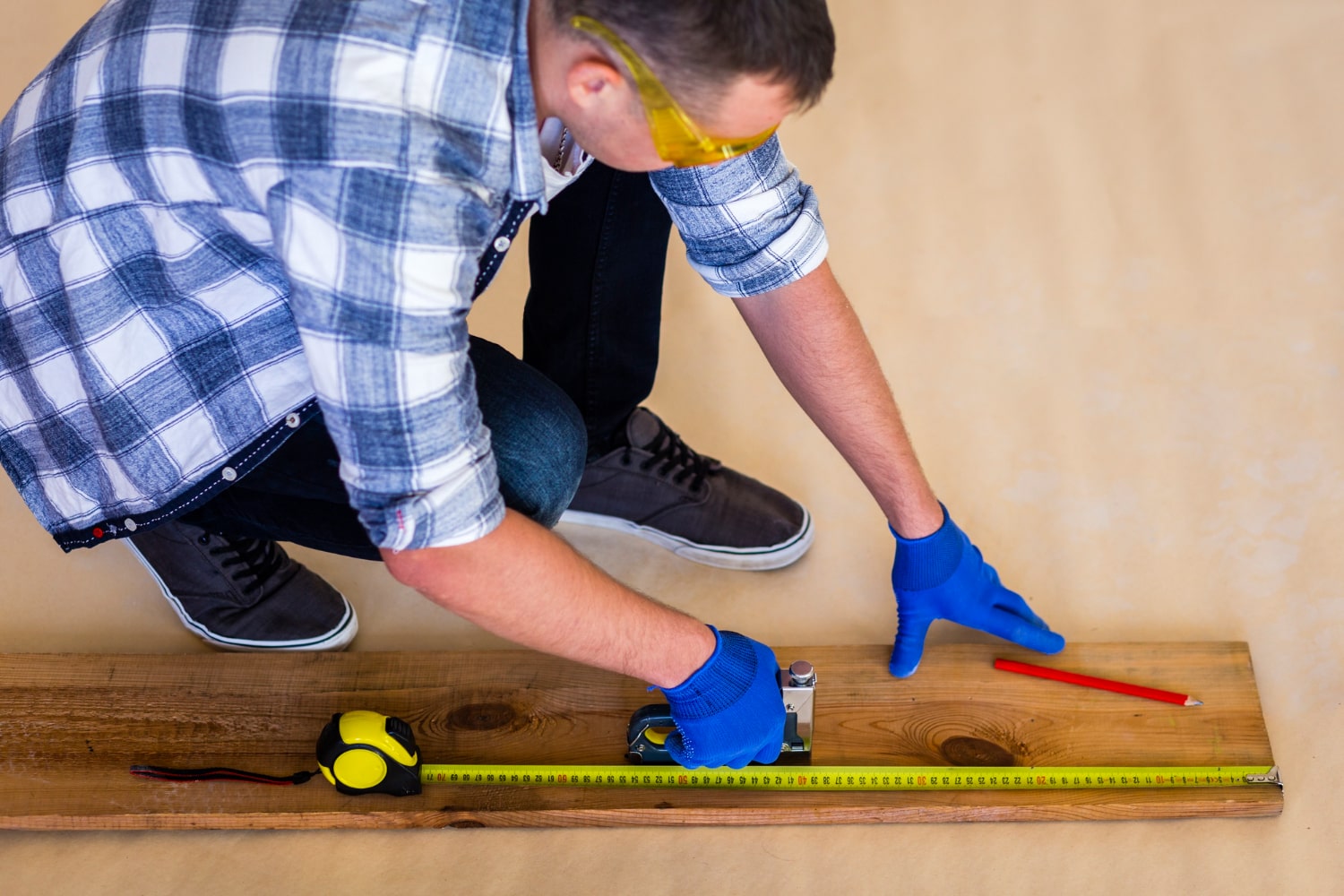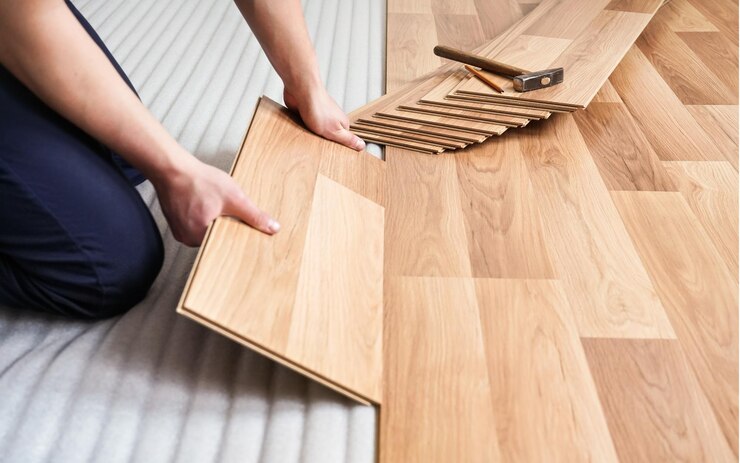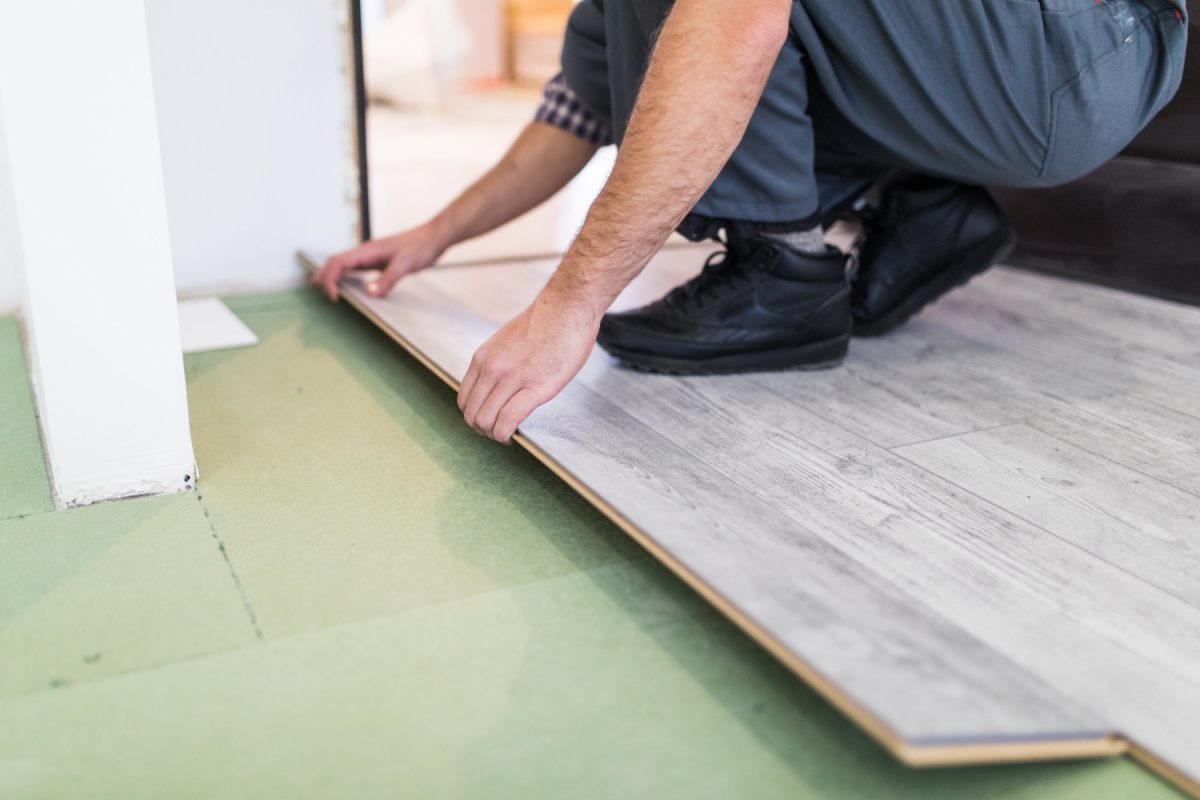Engineered hardwood flooring has become a popular choice for homeowners seeking the elegance of real wood with added durability and versatility. Proper installation is crucial to ensure the longevity and beauty of your engineered hardwood floors. In this comprehensive guide, we will explore various engineered hardwood flooring installation methods, providing a detailed overview of each technique to help you make informed decisions.
Understanding Engineered Hardwood Flooring
- Composition of Engineered Hardwood: Engineered hardwood is composed of multiple layers of wood veneers glued together. The top layer, known as the wear layer, is made of real hardwood, while the lower layers consist of plywood or high-density fiberboard (HDF).
- Advantages of Engineered Hardwood:
- Increased Stability: Engineered hardwood is less susceptible to expansion and contraction due to changes in humidity compared to solid hardwood.
- Versatility: Can be installed in various environments, including basements and areas with fluctuating humidity levels.
- Cost-Effective: Typically more affordable than solid hardwood flooring.
Preparation for Installation
- Acclimatization:
- Allow the flooring to acclimate to the installation environment for at least 48 hours.
- This step is crucial to prevent issues such as warping or buckling after installation.
- Subfloor Preparation:
- Ensure the subfloor is clean, level, and dry.
- Address any imperfections or irregularities to create a smooth surface for installation.
Engineered Hardwood Flooring Installation Methods
- Floating Installation Method:
- Overview of Floating Floors.
- Steps for Floating Installation.
- Pros and Cons.
- Glue-Down Installation Method:
- Overview of Glue-Down Floors.
- Steps for Glue-Down Installation.
- Pros and Cons.
- Nail-Down Installation Method:
- Overview of Nail-Down Floors.
- Steps for Nail-Down Installation.
- Pros and Cons.
- Staple-Down Installation Method:
- Overview of Staple-Down Floors.
- Steps for Staple-Down Installation.
- Pros and Cons.
Common Tools and Materials
- Tools:
- Nailers, staplers, and adhesives.
- Moisture meters and leveling tools.
- Saws and other cutting tools.
- Materials:
- Underlayment options.
- Adhesives and fasteners.
- Finishing and transition materials.
Troubleshooting and Tips
- Dealing with Subfloor Issues:
- Addressing uneven subfloors.
- Managing moisture concerns.
- Maintenance and Care:
- Cleaning and protecting engineered hardwood.
- Repairing minor damages.
Conclusion
Summarize the key points discussed in the guide, emphasizing the importance of choosing the right installation method based on the specific requirements of your space and the manufacturer’s recommendations. A well-executed installation is essential for maximizing the benefits of engineered hardwood flooring installation methods, ensuring a beautiful and long-lasting investment in your home.













